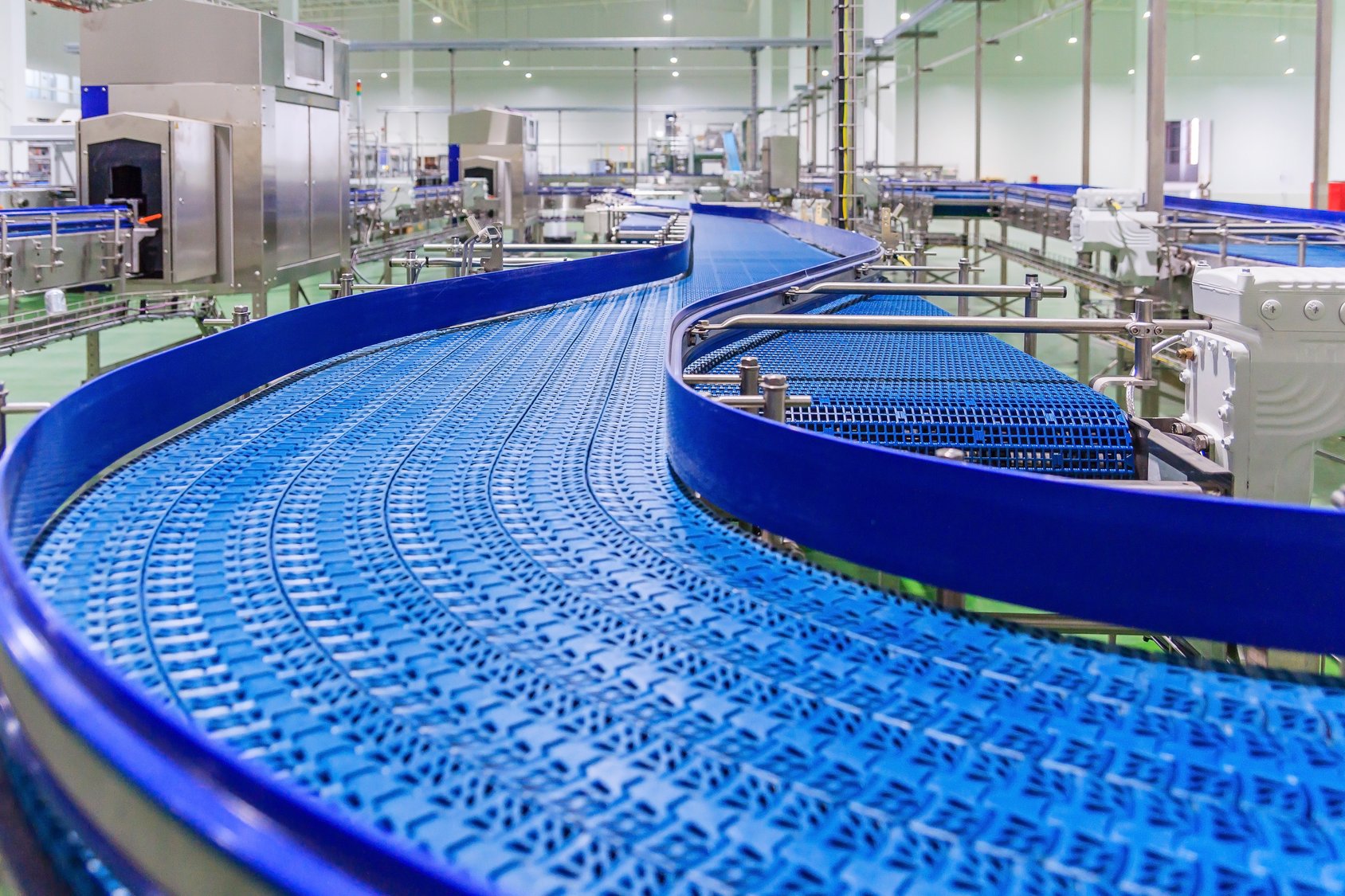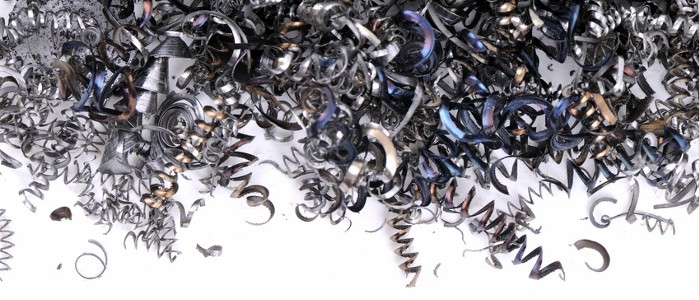 Data collection
Data collection
It seems that “manufacturing data analytics” is the popular buzz term in every facility these days. Management concludes they must collect and analyze as much data as possible to identify trends and opportunities within the manufacturing process. Every sample of data should somehow equate to an ability to gain a competitive advantage. And yet the most common result is analysis paralysis.
When does data collection become more costly to analyze than the payback it provides? That’s difficult to answer if you don’t know the original goal of the data collection. Gathering manufacturing data for analysis is certainly not “free.” Creating charts, graphs, spreadsheets, key performance indicators, and similar information don’t always lead to increased productivity, lower costs, and improved delivery dates.
What does data mean to you?
One of the first things I like to do when visiting a Visual South ERP prospect or existing customer is go on a plant tour. Over the years, things have changed quite a bit – regardless of the type of manufacturer. Technology has made it easy to provide all kinds of data to the shop floor. In some cases, it is simply printed charts stapled to boards throughout the shop; in more advanced environments, there are monitors streaming real-time data feeds.
My first question to either the folks on the floor or my tour guide is, “What does that data represent?” The answers I get vary from, “I’m not sure, we don’t really pay much attention to it,” to “It shows us how many parts we need to produce today, but it’s not very accurate.” Data can be an invaluable tool for production, but you need to find the data that’s meaningful and useful to your company.
You can learn a lot by asking these simple questions:
- Is there a real need or purpose for the data being analyzed and presented to the floor?
- Is there any analysis technique to measure positive or negative changes in the data?
- Is there a plan or process in place to make sure the data is correct and relevant?
- Is there a plan or process in place to utilize the data to make a positive change?
If your answer to any of these questions is “no,” or “I’m not sure,” then odds are the cost of gathering the data is higher than the benefits achieved.
Remember that data needs to be treated like a living being, provided with care and nourishment. Otherwise, it ends up like my kids’ fish bowl once the excitement of feeding their new goldfish wears off—dirty and empty.
Related: What's Your Data Strategy?
Which manufacturing data analytics should we be collecting?
Your first rule for analyzing data is to have a goal that the data will help you achieve. There are no standard analytics that would fit all companies, but data around productivity, costs, and delivery dates are good starting points for most discrete manufacturers. For example:
Analyzing Productivity
How do you measure productivity? How much product did you produce in a given period of time? To perform manufacturing data analysis of this type of information, develop a consistent method of collecting data. If you’re using a modern ERP solution, you most likely have a barcode labor collection capability. This will track start and stop operations, and ask for completion quantities (and/or scrap, but let’s keep it simple for now).
Now, let’s further analyze that production data. Simply knowing you produced X amount of product in Y amount of time only gives us part of the story. To get a true measurement of production, parse that data set into two categories: efficiency and utilization. These two metrics alone can give you a wealth of information.
-
Efficiency
Efficiency is a measure of how much work was done in a given timeframe, as compared to how much work was estimated to be done in that period of time. For example, if the time standard (estimate) is to produce 10 parts per hour at a specific manufacturing operation, and a worker reported that they completed 9 parts in an hour, then their efficiency was 90 percent (actual). Efficiency can be measured as a person, group, machine, or any combination of each. Analyzing the data would reveal that anything less than 100 percent efficiency means the actual cost is higher than estimated cost. But does it really? We don’t have the manufacturing data analysis yet to make that determination. Keep reading…
-
Utilization
Utilization is a measurement of capacity usage. It is very different, and usually unrelated to efficiency. If a resource (person, group, machine) is available for 8 hours of work in a day, and only 6 hours worth of work was reported, then utilization was 75 percent. This could have been multiple jobs totaling 6 hours, or just one job that took 6 hours – it would still be 75 percent utilization for that resource. Does tracking utilization also help determine cost? Maybe not directly, but certainly indirectly. Keep reading…
Understanding the differences between these two data sets is crucial to analyzing many areas of production. A resource can be 100 percent efficient, yet only 50 percent utilized. Use data to meet your previously defined goals.
Increasing Productivity
Once you have visibility on efficiency and utilization data, you can find ways to improve both. Giving departments specific goals to constantly meet or exceed is now possible since it can be measured and will increase productivity.
Lowering Costs
Job costing can be a tricky subject. On one hand, you can simply look at the cost of the materials that were used in the job and add the actual cost of the labor, since you know the actual time spent at each operation. Increasing efficiency should lower cost; utilization shouldn’t matter at the job level. Conversely, one might argue that the cost of unused utilization should also be factored into the cost of jobs. For example, if a welder is 100 percent efficient on one job, should only 4 hours of his cost be applied to that one job, when you paid him for 8 hours that day? While this is certainly a much bigger concept to consider, aiming for 100 percent utilization as a goal would make job costing easier to manage.
Improving Delivery Dates
Efficiency and utilization data is crucial to being able to properly schedule production. A proper schedule allows you to make realistic promises for delivery dates. The data gives you a wealth of information to improve the schedule, which will help you improve delivery dates.
If you see trends in efficiency data, you may be able to deduce that your standards for estimating time are incorrect. If your welder is consistently at 70 percent efficiency, perhaps your estimates are too low. Likewise, if he is at 120 percent, your estimates may be too high. Using the efficiency data to improve your time estimates will make your schedule more accurate – leading to better delivery promises. Simply ignoring the data means you are spending money to collect manufacturing data that provides no value.
If you see that you’re consistently under- or over-utilizing a resource, you have the data to make decisions. With the proper data, running “what-if” scenarios to see if moving or increasing resource capacity can improve schedule finish dates, which in turn will improve delivery dates.
Related: Manufacturing Production Process: How to Believe Your Data
Make the data work for you
These are just a couple examples of good manufacturing data analytics that most discrete manufacturers can use to improve operations. Certainly, there are many other data points that can be captured, but efficiency and utilization are some of the best metrics you can start with to make the most gains. Most importantly, make sure the data works for you. The data should be a consistent catalyst in improving processes to meet specific goals. If not, then it’s just useless numbers.







